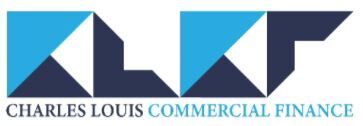What is light, medium, heavy bridging development finance?
Along with bridging finance there are also bridging finance options for when developing properties. The rate is slightly higher as the lender is more at risk when lending you both money to buy and to develop.
Lenders will look at the end value of a property which you are developing and give it a valuation called GDV (gross development value). This is basically how much the property is worth once it has been developed. Typically lenders will lend you up to 70% of the GDV so if you are able to buy the property and develop it for 70% of the GDV or fairly close then this product is for you.
An example of this would be you buy a property in need of a full refurb for £220,000. The total cost of work to do this would be £60,000 meaning you need £280,000 total to do the project. If the GDV value was going to be £400,000 then you would be able to lend 70% of the GDV giving you all the money for purchase and for the works.
What is the difference between light development finance and heavy development finance?
All 3 types of development finance are products used to develop properties but depending on the amount of work, this will decide which type you need.
Light development – mainly aesthetic works, nothing structural. For example changing the kitchen, bathroom, windows and central heating. This is usually over a period of 6 – 18 months and starts with rates from 0.65%.
Medium development – damp proofing, timber treatment, non load bearing work, moving internal walls, moving electrics or plumbing and some conversions of building into flats. This is usually for a period of 6 – 18 months and starts with rates from 0.8%
Heavy development – this would involve things like part demolitions, re-builds, extensions and conversions of buildings into flats. This is usually for a period of 12 – 24 months long and the rate is slightly higher as the lender is more at risk.
Development exit products
Development exit products are a great tool when looking to release some equity. There are a few instances where dev exit works, for example if you are in the middle of a project and have added value to the property then you arrange a loan of the new value. This would allow you to pay back any other finance and then have some extra cash to play with.
Another example is the worst case scenario and something you could do to make sure that you don’t default on an existing loan. If you had completed on a project where there was an outstanding loan and you had planned to exit via sales, if the sales are not happening as fast as expected then some lenders will lend against the new value for you, allowing you to repay the original loan. This is a great tool to help with exits however remember that the new loan will have its own fees and interest.

